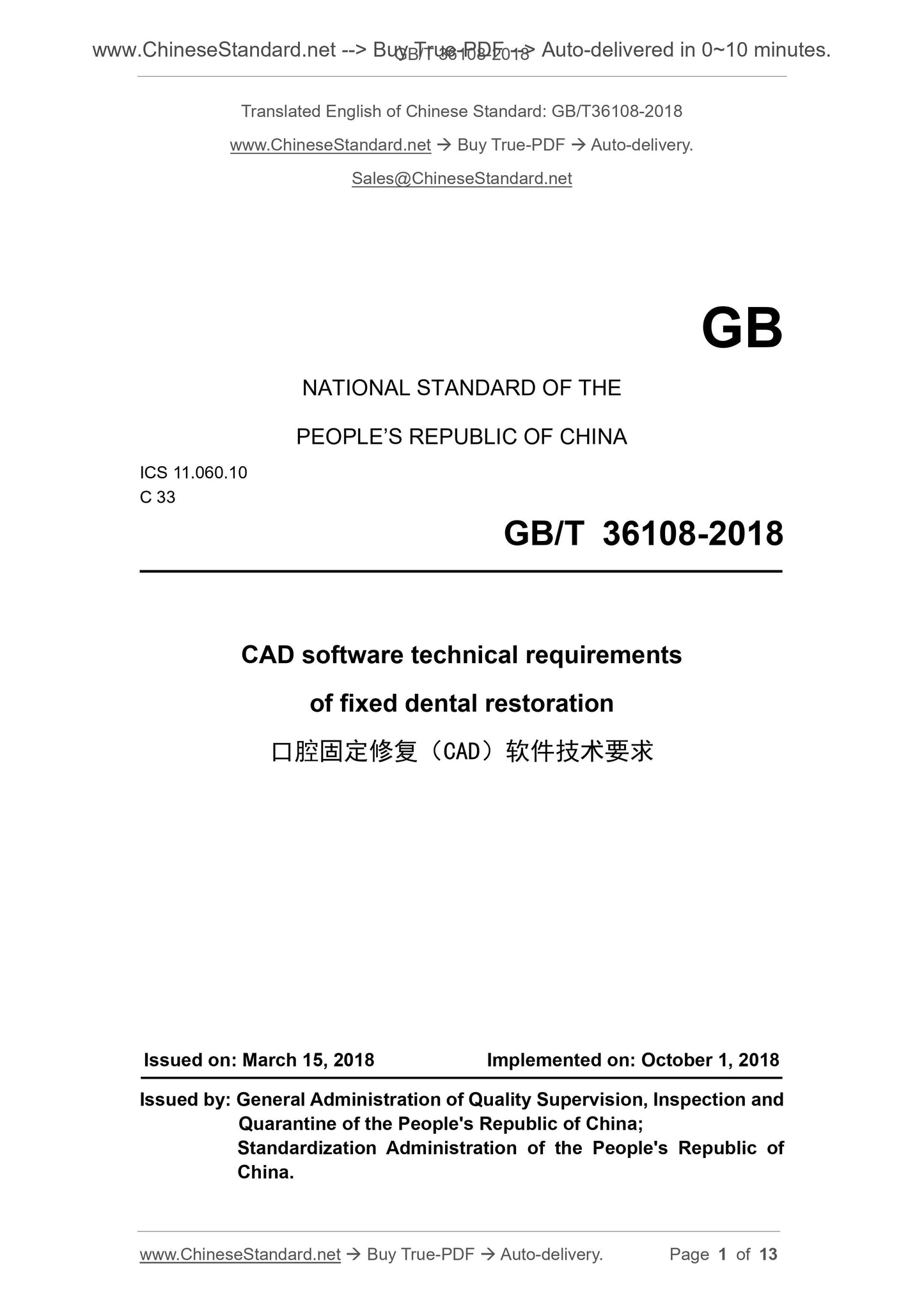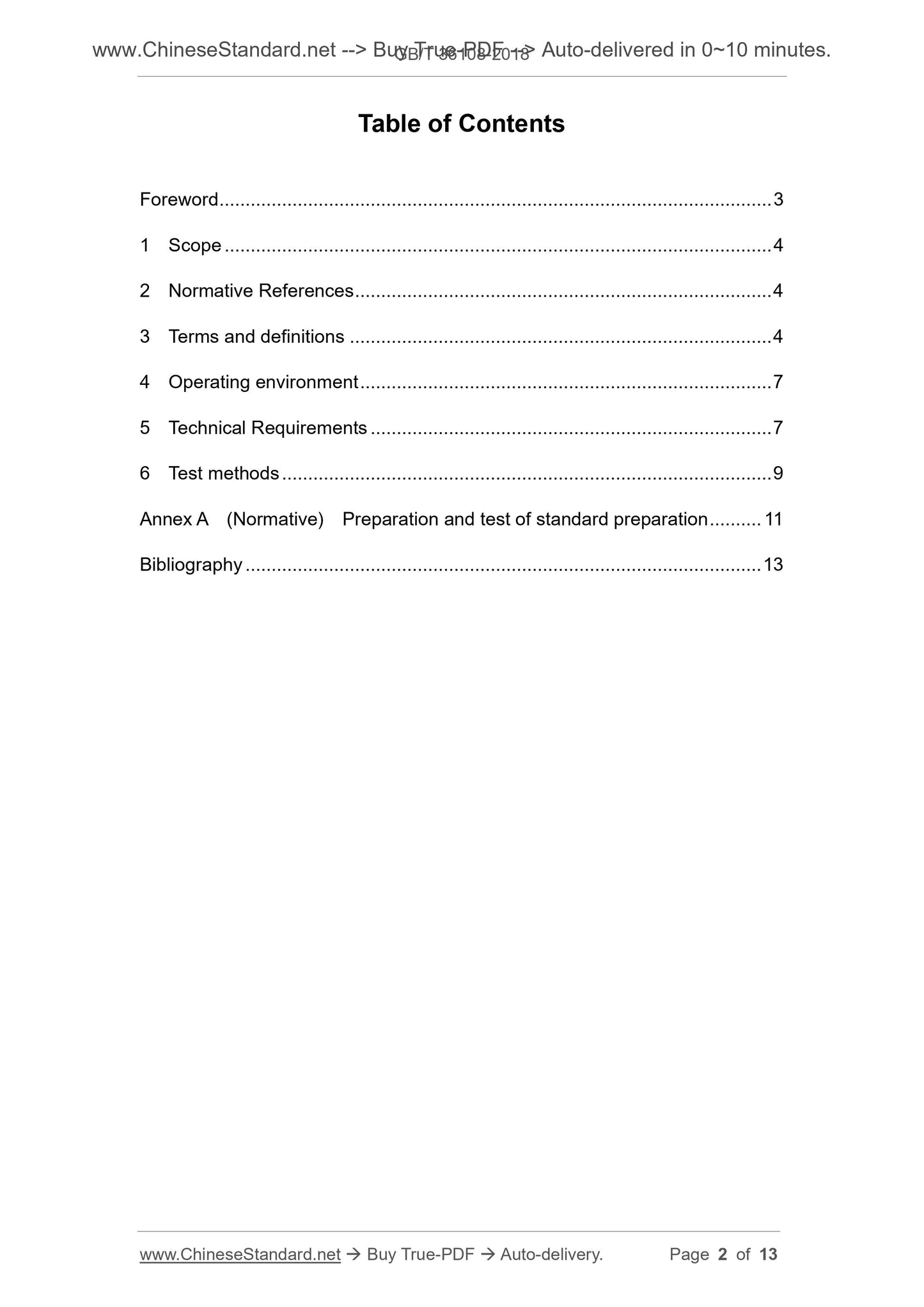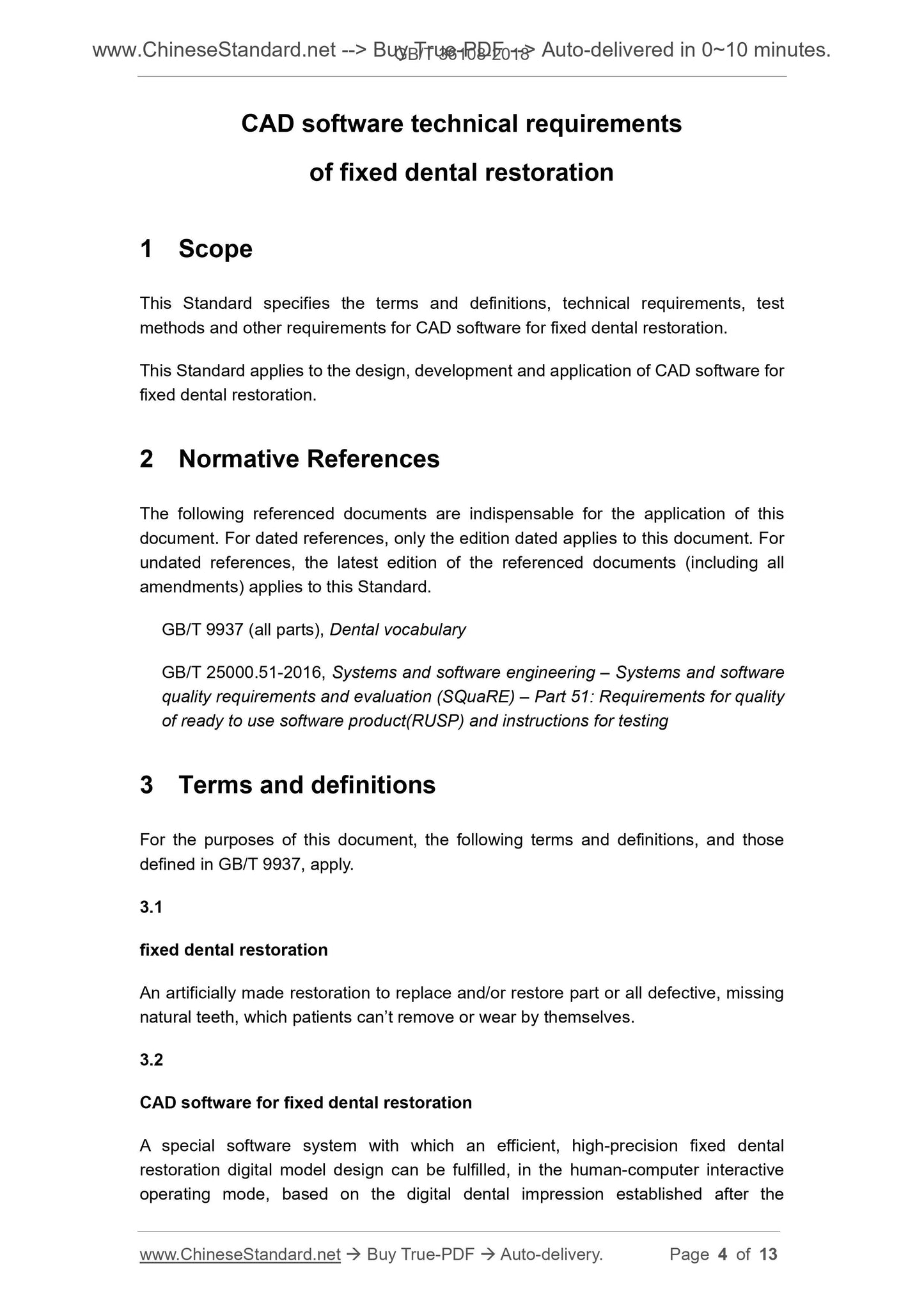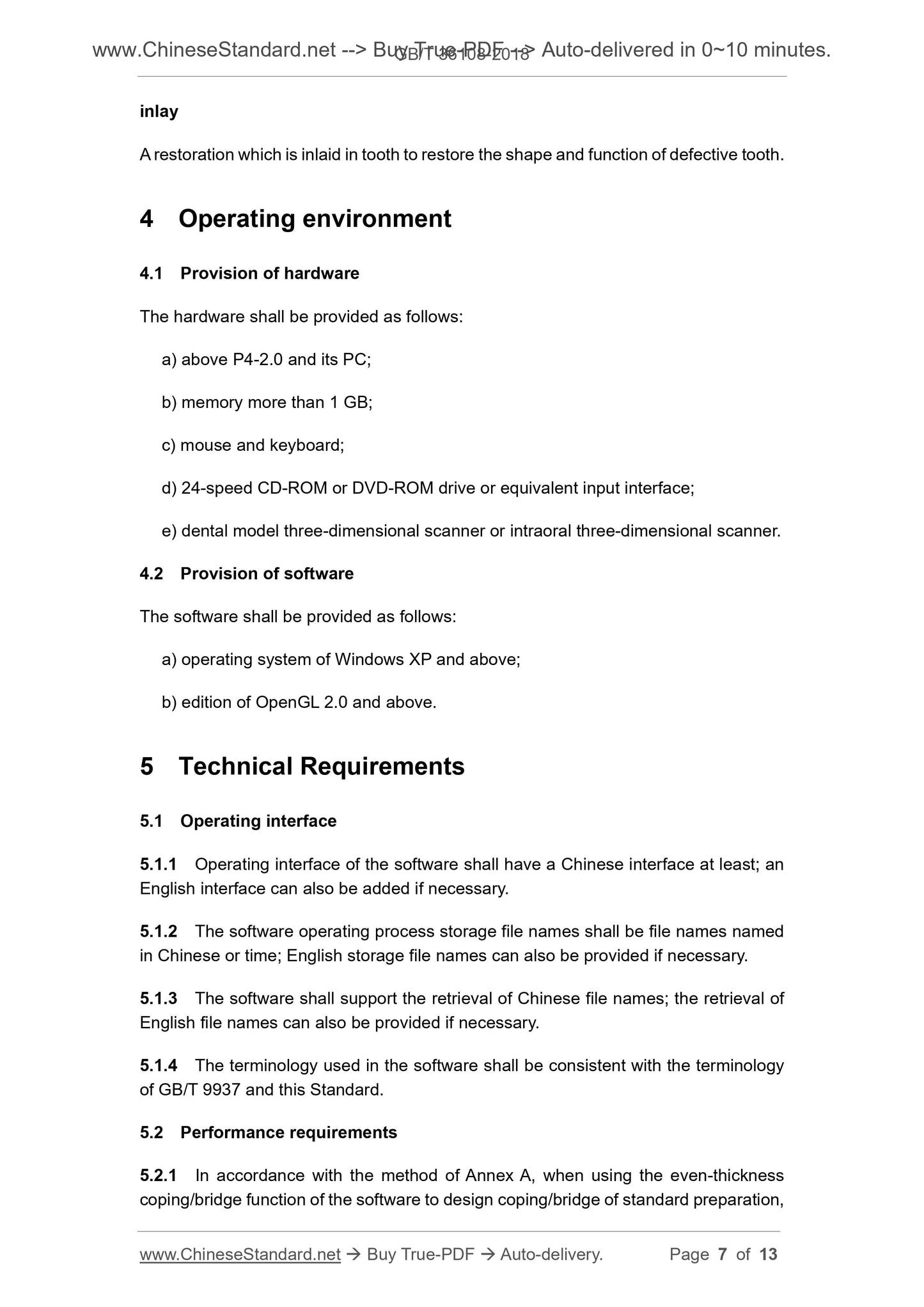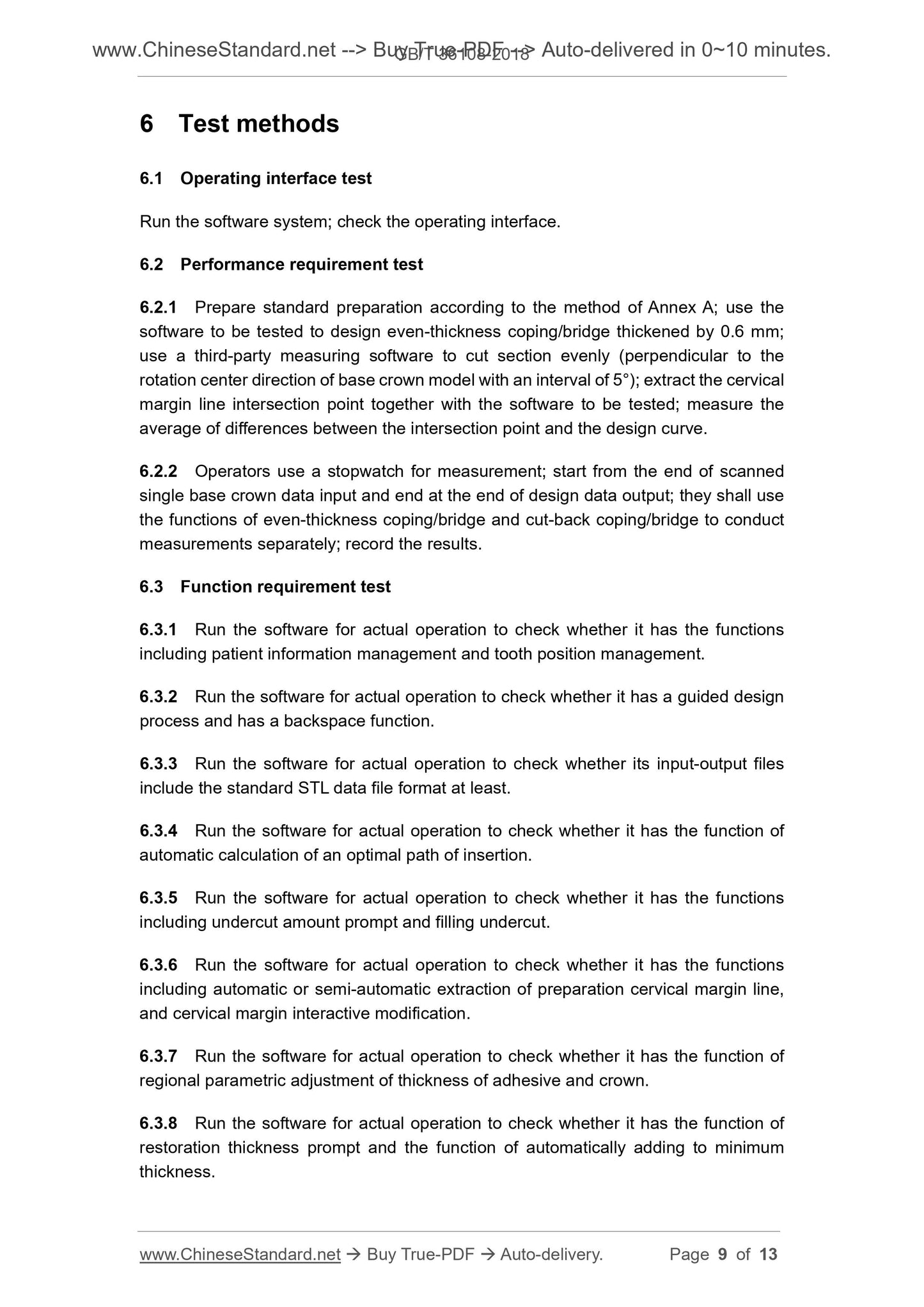1
/
of
5
www.ChineseStandard.us -- Field Test Asia Pte. Ltd.
GB/T 36108-2018 English PDF (GB/T36108-2018)
GB/T 36108-2018 English PDF (GB/T36108-2018)
Regular price
$120.00
Regular price
Sale price
$120.00
Unit price
/
per
Shipping calculated at checkout.
Couldn't load pickup availability
GB/T 36108-2018: CAD software technical requirements of fixed dental restoration
Delivery: 9 seconds. Download (and Email) true-PDF + Invoice.Get Quotation: Click GB/T 36108-2018 (Self-service in 1-minute)
Newer / historical versions: GB/T 36108-2018
Preview True-PDF
Scope
This Standard specifies the terms and definitions, technical requirements, testmethods and other requirements for CAD software for fixed dental restoration.
This Standard applies to the design, development and application of CAD software for
fixed dental restoration.
Basic Data
| Standard ID | GB/T 36108-2018 (GB/T36108-2018) |
| Description (Translated English) | CAD software technical requirements of fixed dental restoration |
| Sector / Industry | National Standard (Recommended) |
| Classification of Chinese Standard | C33 |
| Classification of International Standard | 11.060.10 |
| Word Count Estimation | 10,126 |
| Date of Issue | 2018-03-15 |
| Date of Implementation | 2018-10-01 |
| Issuing agency(ies) | State Administration for Market Regulation, China National Standardization Administration |
Share
